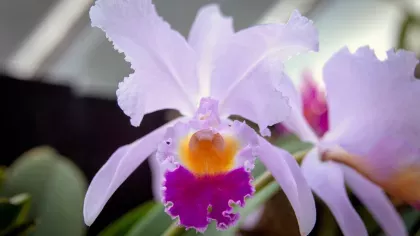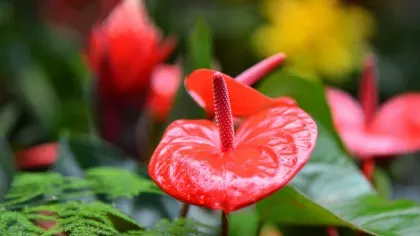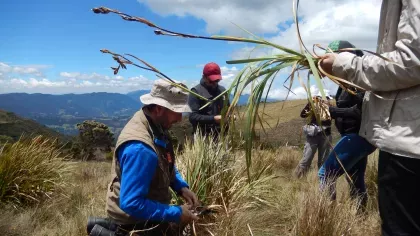4 February 2019
Colombia: Evolution's favourite playground
Sergio Marrugo, former ColPlantA programme intern at Kew and biologist, tells us what makes his country's plant life so varied.

Colombia is a bountiful paradise
People often ask me ‘what does Colombia look like?’
A simple answer to that question doesn’t do justice to reality. In my opinion, there are many Colombia’s inside Colombia.
Our people have many colours , we speak 65 indigenous languages and you can hear 1,912 bird species chirping away.
We have dense jungles and cold paramos, surrounded by the Caribbean Sea and the Pacific Ocean; we have hot savannahs and snowy mountains, rainforests, dry forests, cloudy forests and deserts.
Colombia will surprise you with 4,270 orchid species.
Colombia has it all. But it is our diversity that makes it most wonderful.


Why is it so biodiverse?
The plant kingdom in this corner of the world stands out with around 26,000 plant species. That makes itsecond in plant diversity only after Brazil, and roughly makes up 7% of total plant species known to science, in less than 1% of Earth’s emerged land.
Colombia’s biodiversity is so massive because of its geographic location and its topography. Colombia lies in the northernmost extreme of South America. It is the bridge between both northern and southern hemispheres.
This extraordinary country has coast on the Pacific Ocean to the west and on the Caribbean Sea to the north, and both water bodies affect regional climate.
On the first, stands one of the most diverse tropical moist forests around the world, called the Chocó-Darien forests. Due to its isolation from other tropical forests, a relatively large proportion (approx. 20%) of its species are endemic – so it cannot naturally be found anywhere else on Earth.
On the contrary, the Caribbean region of Colombia is drier. There the vegetation usually gravitates from tropical dry forests to thorny shrublands.
Colombia also stretches east to Los Llanos region, where the combination of highly seasonal rains and poor soils give place to tropical savannas. Move to the south, and the rains become less seasonal and you find the forested landscape of the diverse Amazon.
Running throughout Colombia like a backbone are also the Andes, with its three separate branches.
As precipitation and temperature vary greatly with topography in Colombia, any combination of these two abiotic factors can be found there. It’s impressive mountains (occasionally surpassing 5,000 m Asl) and numerous valleys create a multitude of habitats and unique ecosystems, like the paramos, where life can adapt and evolve, creating new species faster.
Plants and animals that migrated from the temperate regions of North America and South America found in the cool areas of the Colombian Andes a suitable place to stay.
As if this wasn’t enough, there are many isolated mountain systems spreaded across Colombia. These offer varied and different habitats than the areas around them. There, life took its own direction, contributing to the richness of the country with many rare and endemic species, especially with increasing altitude.
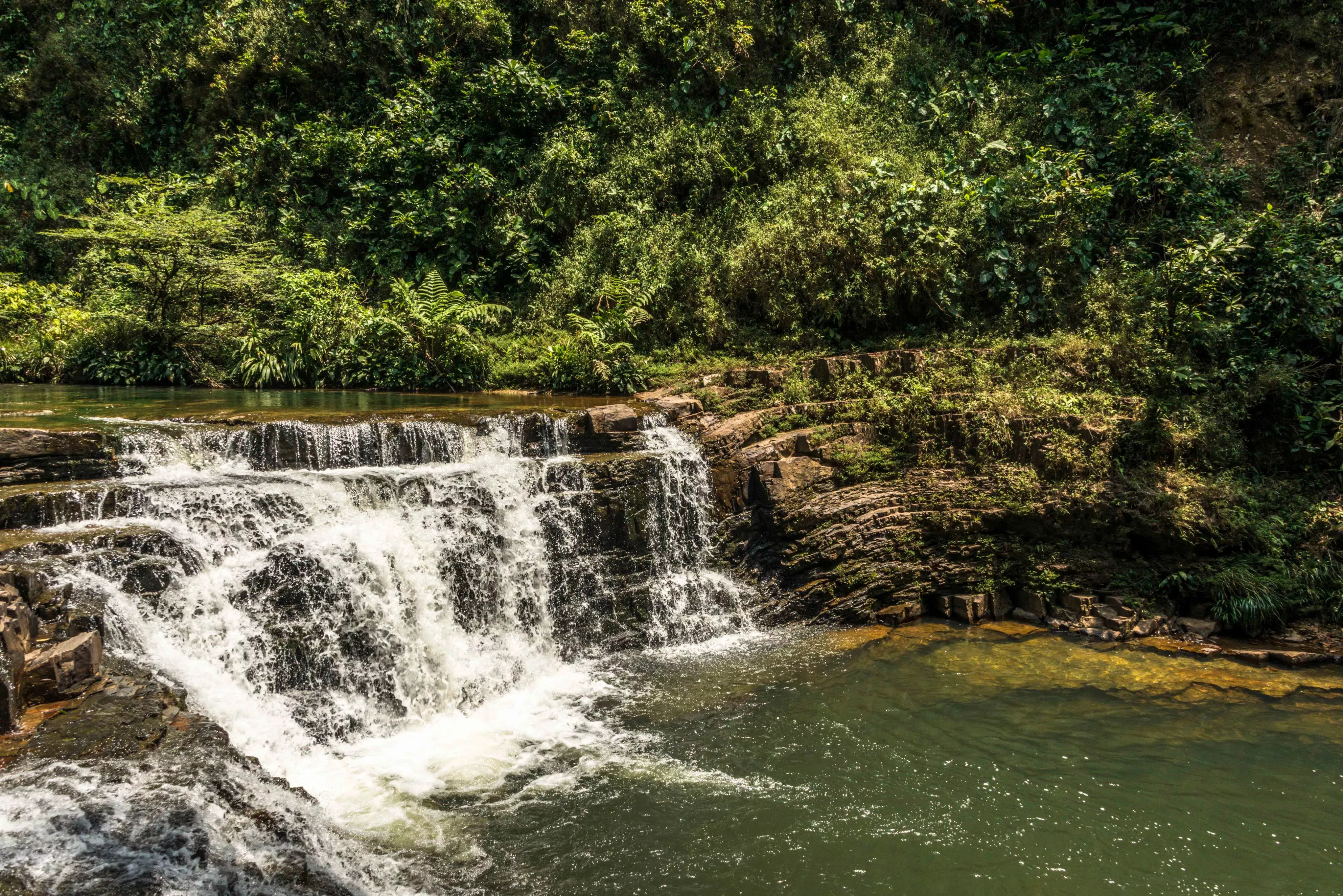
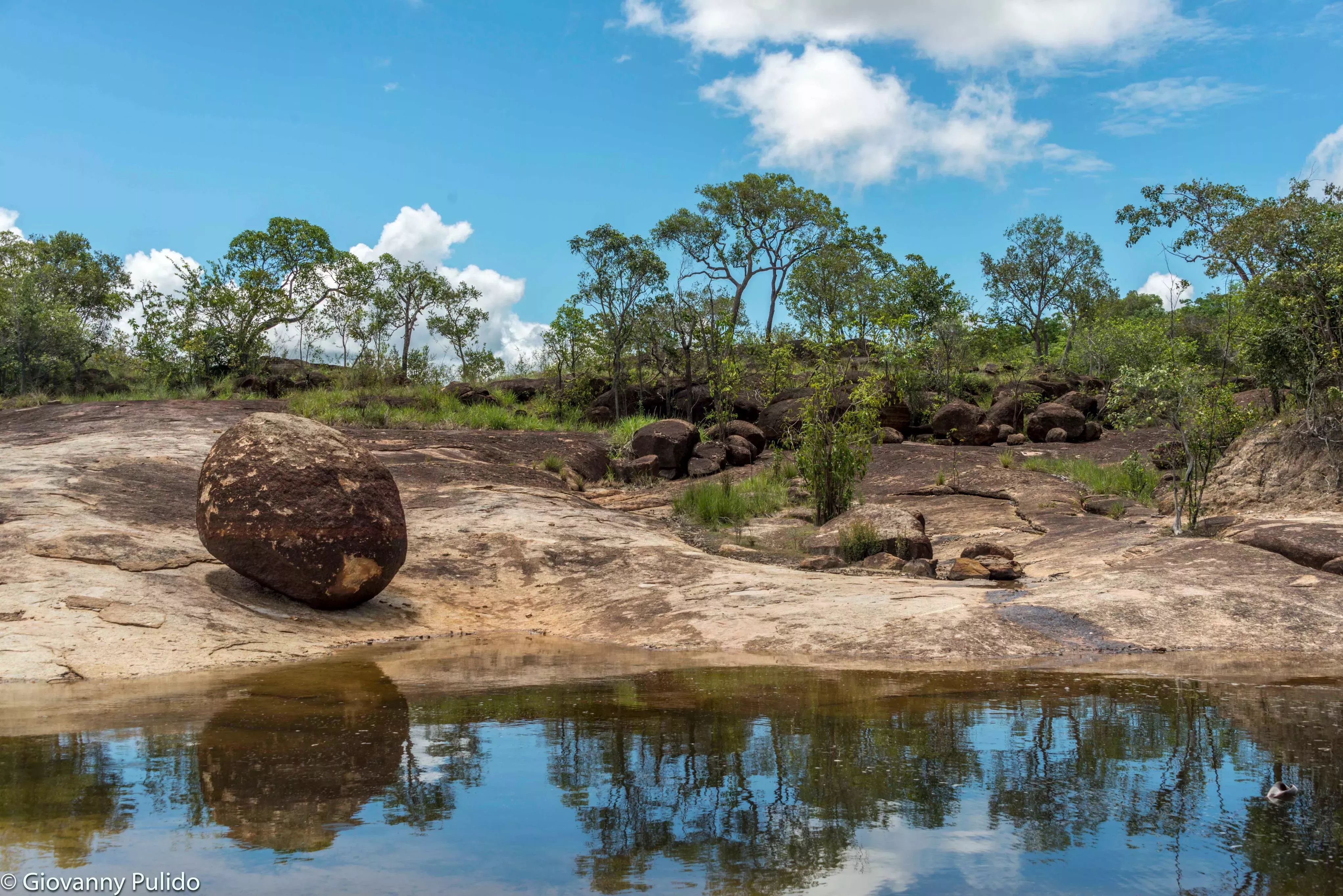
The key to the future?
Colombia’s astonishing biodiversity offers a huge window into research opportunities.
Plant and fungi species in Colombia are still waiting to be discovered in large parts of the country that remain little explored.
New potential drugs, raw materials from native plants, fruits, ornamental plants, essential oils or crop wildrelatives are just a few examples of we could find.
The species that we do know about need more investigation so that we can find products, like buildingmaterials or food sources, which improve the lives of everyone.
Also, Colombia is the perfect spot to answer more ecological questions. For instance, the effects of climate change on montane and alpine plants can be tracked on its mountains. Research in carbon dioxide storage among its ecosystems could lead to the protection of large areas of forested land.
This exciting moment in time is key to attract funding for scientific research and technological innovation to Colombia. Thanks to the peace treaty that was signed in 2016, vast areas of the country are now available to be studied.
Kew Science and Colombia
Kew has partnered with our government’s programme Colombia Bio to create an online platform called ColPlantA (Colombian Plants Made Accessible).
This platform will compile all the information available about Colombian plants using data from Kew resources, and from organizations and researchers in Colombia in a truly collaborative project.
With ColPlantA, we will show the profile of each species recorded in the country. It will include relevant information about the ecology and uses of the species. This would allow the prioritization of plants that have ecological, cultural or economic importance, so that resources can be better directed to protect them and/or to use them sustainably.
A Kew team of scientists and international partners were also part of a major expedition to Boyaca region, a place previously unexplored by scientists due to local unrest and logistical issues. Together, that team were able to get a better understanding of the types of plants and fungi growing in that vast kingdom.
This is just the tip of the iceberg. Who knows? Maybe the incredible range of Colombian plants and fungi in my beautiful country will be the answer to some of humanity’s most pressing problems.
This work was supported by a Newton Fund - Professional Development and Engagement Program grant, under the Colombia- Newton-Caldas Fund partnership. The grant is funded by the UK Department for Business, Energy and Industrial Strategy and Royal Botanic Gardens, Kew and delivered by the British Council. For further information, please visit www.newtonfund.ac.uk
